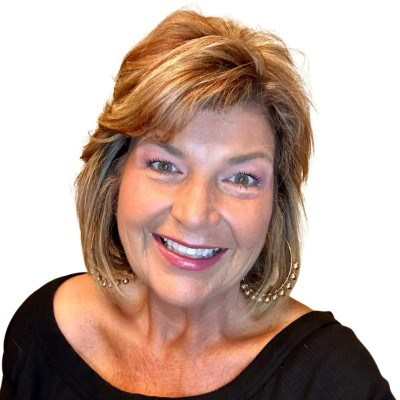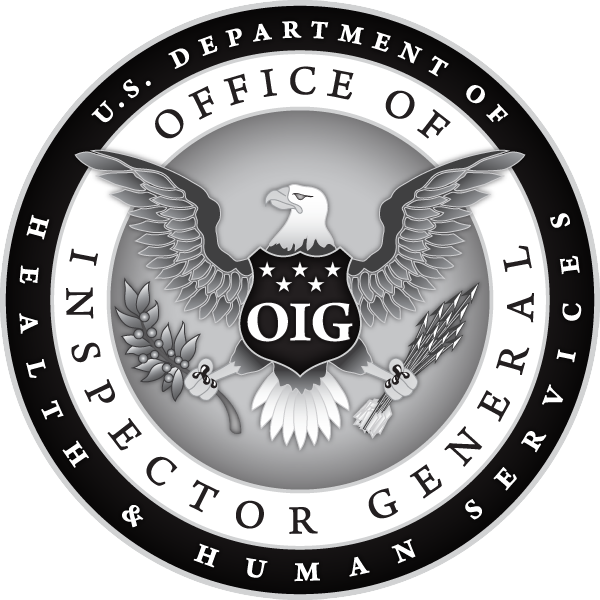Elderspeak
by Elizabeth E. Hogue, Esq.
Elderspeak
Providers have all heard baby talk. Baby talk is just one kind of elderspeak, i.e., changes in the way caregivers speak to patients, especially elders, regardless of the person’s ability to understand and respond.
Elderspeak includes:
- Using a singsong voice, i.e., an exaggerated melodious tone
- Changing pitch and tone to a higher level
- Exaggerating words
- Using terms like “honey” or “dear”
- Using statements that sound like questions
- Slow speech at a deliberate pace
- Speaking at a higher volume than normal
- Using simple, basic words
- Substituting collective pronouns, such as “we” instead of “you”
- Lack of eye contact
- Use of so-called tag questions, such as “It’s time to eat lunch now, right?”

For Example:
A daughter visited her father in his apartment in an assisted living facility. She heard an aide trying to get her father to do something. The aide said, “Let me help you, sweetheart.” Dad’s response: “What? Are we getting married?”
Negative Results
Research shows that using elderspeak can diminish patients’ confidence in their abilities. Elderspeak is, after all, based on an ageist assumption of frailty, incompetence, and dependence. It can also be controlling and bossy. The use of “we” instead of “you” implies that patients are not able to act as individuals. Use of elderspeak may result in resistance to care.
When and How to Use Elderspeak
Based on scientific evidence that older adults experience changes in their working memories that affect the way they hear and understand what is said to them, here’s what may be helpful:
- Repeat and paraphrase what you say
- Simplify and be explicit
Don’t say, for example, “I ate dinner later than usual yesterday, which made my stomach upset, so I missed the class that I enjoy taking.” Instead, say, “I ate dinner late yesterday. My stomach was upset, so I missed the class I like.” In other words, express complex ideas in a chain of simple sentences. Then repeat the main point or say it again another way.
Final Thoughts
Old habits are hard to break, but avoiding elderspeak is important because effective communication is essential to quality of care.
# # #


Elizabeth Hogue is an attorney in private practice with extensive experience in health care. She represents clients across the U.S., including professional associations, managed care providers, hospitals, long-term care facilities, home health agencies, durable medical equipment companies, and hospices.
©2025 Elizabeth E. Hogue, Esq. All rights reserved.
No portion of this material may be reproduced in any form without the advance written permission of the author.
©2025 by The Rowan Report, Peoria, AZ. All rights reserved. This article originally appeared in The Rowan Report. One copy may be printed for personal use: further reproduction by permission only. editor@therowanreport.com















